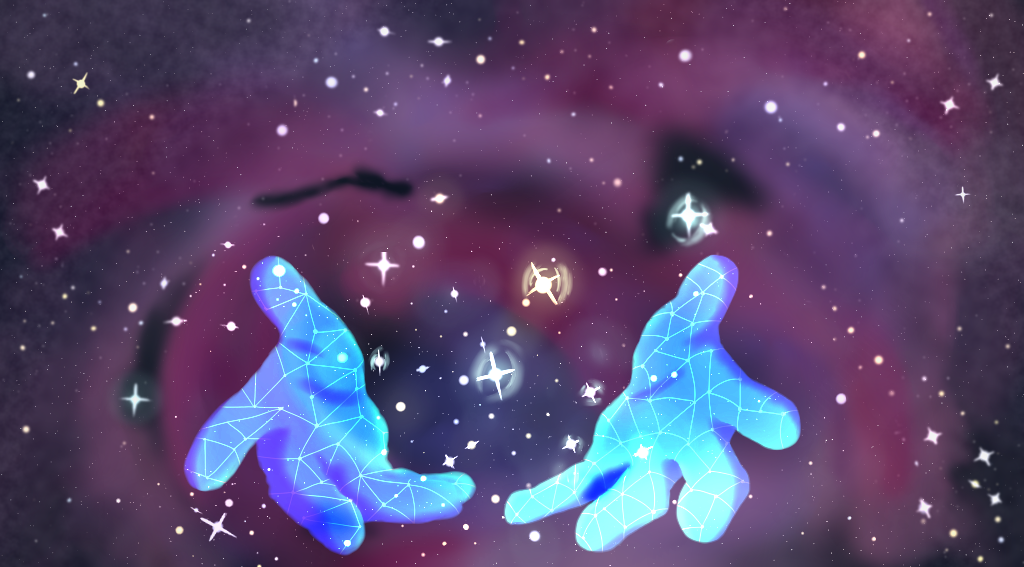Tech @ RIT: SPEX is Seeing Stars
by Patrick McCullough | published Jan. 14th, 2022
Space exploration is an exclusive, expensive field. For the people who can’t afford a $152 billion round trip to the moon, RIT Space Exploration’s Virtual Reality (SPEX VR) team is working on a new way for people to view the night sky without leaving Earth's atmosphere.
Access Granted
The SPEX’s VR team has been awarded an Epic MegaGrant as a part of the company’s $100 million dollar campaign to support 3D graphic design and development.
Epic is primarily a video game developer, but the company also produces 3D development tools like the Unreal Engine. The MegaGrant provides financial and technological resources to students and academics pursuing research into game development and imaging technology.
The company has supported independent game developers, cloud streaming applications and even education platforms through these grants. Now, Epic is throwing its weight behind virtual reality space exploration.
SPEX is a project-oriented organization. The group has hosted high-altitude balloon launches to conduct experiments in a near-space environment and has future plans to design and construct a mock rover for its first venture into robotics. They also work closely with RIT's observatory to maintain and improve its telescopes, which are used to record astronomical phenomena.
The SPEX project that won the grant visualizes star clusters, or large groups of stars, in virtual reality.
Seeing Stars
SPEX collaborated with Laura Vannozzi, an RIT Computer Science graduate who is currently working in the aerospace industry, to compile data on astronomical objects.
To do so, they used the Gaia Archive, a catalog of stars maintained by the European Space Agency.
The Gaia Archive contains information gathered by the ESA's Gaia space observatory. As of Dec. 3, 2020, the craft has relayed the coordinates, movement patterns, and brightness of over 1.8 billion stars. This information is compiled into an online database that is released to the public.
Vannozzi parsed through a large amount of data and narrowed down those clusters into a database containing the most interesting ones. The VR team was able to use that information to recreate those stars in a 3D environment.
“You can actually visualize them, scale them up and down, move them around. It really helps you see what that cluster looks like and how it’s shaped,” Evan Putnam, the SPEX VR team lead, explained.
With Epic's grant behind them, the team behind SPEX’s foray into virtual reality has funding and a prototype. They still have a need for people though.
“When we have a lot of new talent coming together and a fair bit of money to work on these projects, there’s a lot of opportunity for any number of things,” Putnam said.
SPEX’s projects aren’t limited to computer scientists and engineers. Exploring the far reaches of space involves more than just math and science, and the organization has pulled students from all over the academic spectrum.
Putnam elaborated, “We’ve had a couple of liberal arts students doing a lot of graphic design for us, we’ve had a public policy major who was really interested in the policy side of space … It’s definitely a cross-disciplinary group and we’re always looking for new members."



